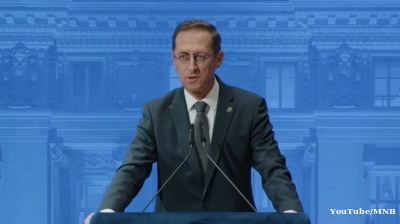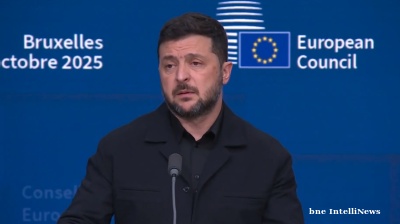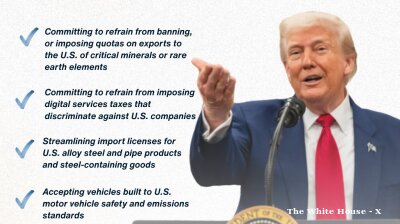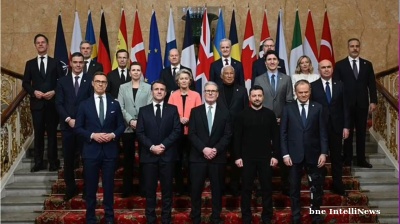The European Union remains heavily dependent on China and Russia for rare earth imports, with nearly three-quarters of its supply sourced from the two countries in 2024, according to data published by Eurostat and reported by Statista.
China accounted for 46% of the EU’s rare earth imports last year, while Russia supplied a further 28%, leaving the bloc significantly exposed to supply chain disruptions from geopolitical rivals.
“The EU is totally dependent on two countries it regards as adversaries for rare earths,” Eurostat noted.
Rare earth elements are critical to the production of a wide range of high-tech goods, including electric vehicles, wind turbines, semiconductors and military systems. As the EU pushes ahead with its green and digital transitions, the reliance on external—and politically antagonistic—suppliers has raised strategic concerns in Brussels.
The European Commission has repeatedly identified the diversification of critical raw material supply chains as a policy priority. Under the Critical Raw Materials Act, adopted in 2024, the EU aims to ensure that no more than 65% of any key raw material comes from a single non-EU country by 2030.
However, the latest data suggests that in the case of rare earths, the bloc remains far from that goal. Despite efforts to strengthen partnerships with alternative producers in Canada, Australia and Africa, and to develop domestic refining capacity, progress has been limited.
Both China and Russia have previously used access to critical materials as a tool of political leverage. Analysts warn that any disruption—whether through export restrictions, conflict or sanctions—could severely impact EU manufacturing and clean energy sectors.
Data
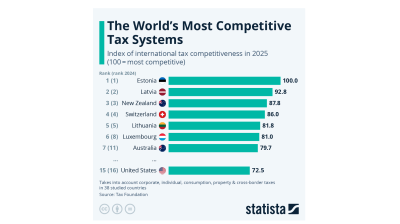
Estonia has the world’s most competitive tax systems for the 11th year in a row – STATISTA
The Tax Foundation has released its International Tax Competitiveness Index which highlights the most competitive tax rates in different countries around the world. For the 11th consecutive year, Estonia had the highest score in the index.
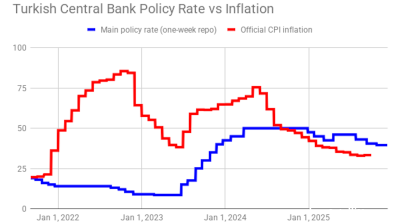
Turkey's central bank remains cautious, delivers 100bp rate cut
Decision comes on eve of next hearing in trial that could dislodge leadership of opposition CHP party.
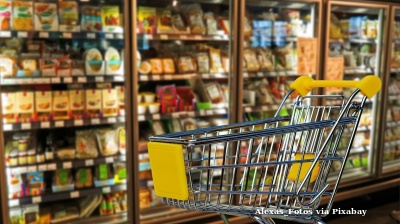
Polish retail sales return to solid growth in September
Polish retail sales grew 6.4% year on year in constant prices in September, picking up from a 3.1% y/y rise in August, the statistics office GUS said.
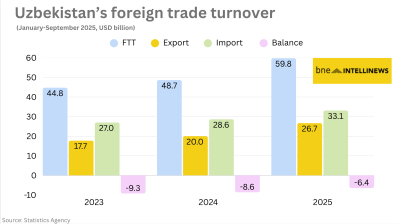
Uzbekistan’s nine-month foreign trade nears $60bn
Export growth of 33% and import expansion of 16% y/y produce $6.4bn deficit.
